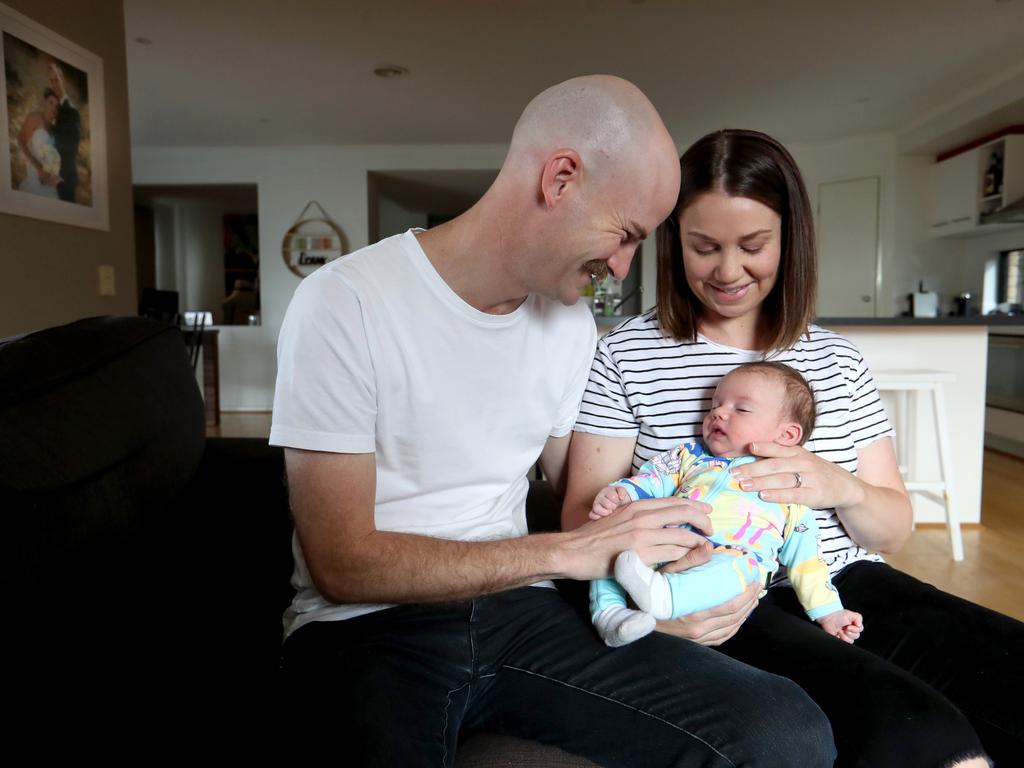How hard will coronavirus hit you? Scientists close to an answer
Doctors will be able to detect someone’s risk of falling severely ill under a world-first test being adapted in Australia.

Doctors will be able to detect someone’s risk of falling severely ill with COVID-19, their immunity to the disease and when they can go back to work, under a world-first test being adapted by Australian researchers.
Cell samples from Italy, China and New York are being flown to Melbourne to help create the test, which has the potential to starkly alter the testing landscape for millions of essential workers at the frontline of the fight against the coronavirus.
It also will enable severely at- risk individuals to make better judgments about the need to avoid contracting the virus and limit risks to families.
Monash University Central Clinical School and Alfred Health experts are adapting existing influenza and allergy testing technology to create the rapid coronavirus test, which will enable the world to detect in a much more sophisticated manner people who have the virus and who are immune to it.
The internationally significant breakthrough comes amid shocking illness rates in some countries among frontline medical workers.
Monash University Central Clinical School associate professor Menno van Zelm said the test would provide a more nuanced approach to dealing with the virus.
Cells from Australian coronavirus victims are being examined too and discussions are under way with the private sector to create diagnostic testing.
“It’s very adaptable, we’ve just adopted it for COVID,’’ Dr van Zelm told The Australian. “It’s very straightforward to use it in the laboratory.’’
Dr van Zelm is working on the project with Professor Robyn O’Hehir, who is from the university and Alfred Health, and the team also believes it will be able to determine who will develop only a mild case of upper-airway infection.
“This and other tests like it will provide us with a more nuanced approach to managing the disease,’’ Dr van Zelm said.
“The time frame will relate to ethics approvals and funding. We are ready to go now.”
The test will have the capacity to look for differences in the blood of patients with mild disease versus those with a severe infection, giving patients and doctors a clearer picture of how to respond.
Monash University said the test looked at memory B lymphocytes, which were the immune system cells that made antibodies to fight pathogens such as viruses.
The university said memory cells were formed that remembered the same pathogen for faster antibody production in any future infections.
It said these were the cells that formed after vaccination and the research team had developed markers for these memory B cells that were formed after coronavirus infection.
Dr van Zelm said if there was a population of memory B cells specific to a pathogen — such as COVID-19 — then there was likely to have been an infection in the past.
He said testing would be conducted through a normal blood test process.
By looking at cells from people who had had the coronavirus at various levels of intensity, it was possible to get a greater insight into immunity status. Dr van Zelm said that as the medical community moved from the need for the current simple test, another test would be needed to determine who was infectious, who was immune, who was going to get a serious case of the disease and who would develop a mild case of upper-airway infection.
“This and other tests like it will provide us with a more nuanced approach to managing the disease,’’ he said.
The timing of the testing breakthrough is crucial in Australia as decision-makers plan the next two phases of the virus’s impact on daily life.
While there are early signs that the coronavirus curve may be flattening in Australia, governments are concerned that there could still be an autumn-winter surge in cases. Furthermore, the full extent of community-based transmission is unknown.
Even if the curve flattens, there will be considerable issues around when life can be normalised before an effective vaccine is found.
This is because, as countries such as Singapore have discovered, infections can still occur because many in the community have not developed immunity to the disease.
Governments in Australia are still expected to demand lockdowns, social distancing and self-isolation when appropriate, for many weeks or months.
Dr van Zelm said vaccinations were the long-term solution.
“That will be the only way to really prevent infections,’’ he said.








To join the conversation, please log in. Don't have an account? Register
Join the conversation, you are commenting as Logout